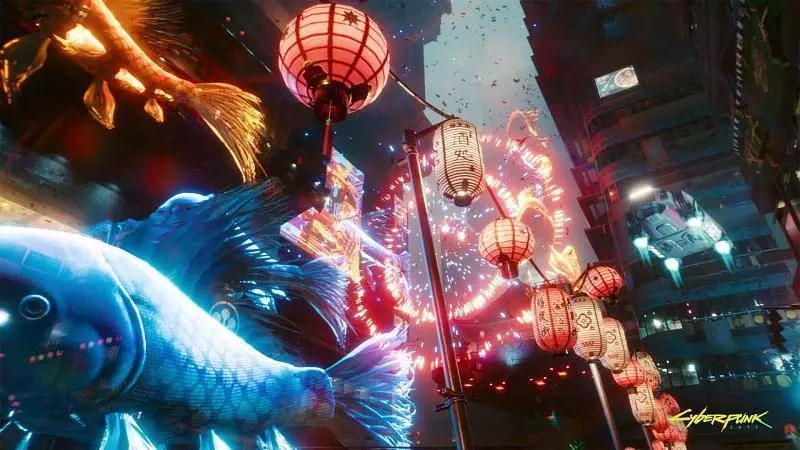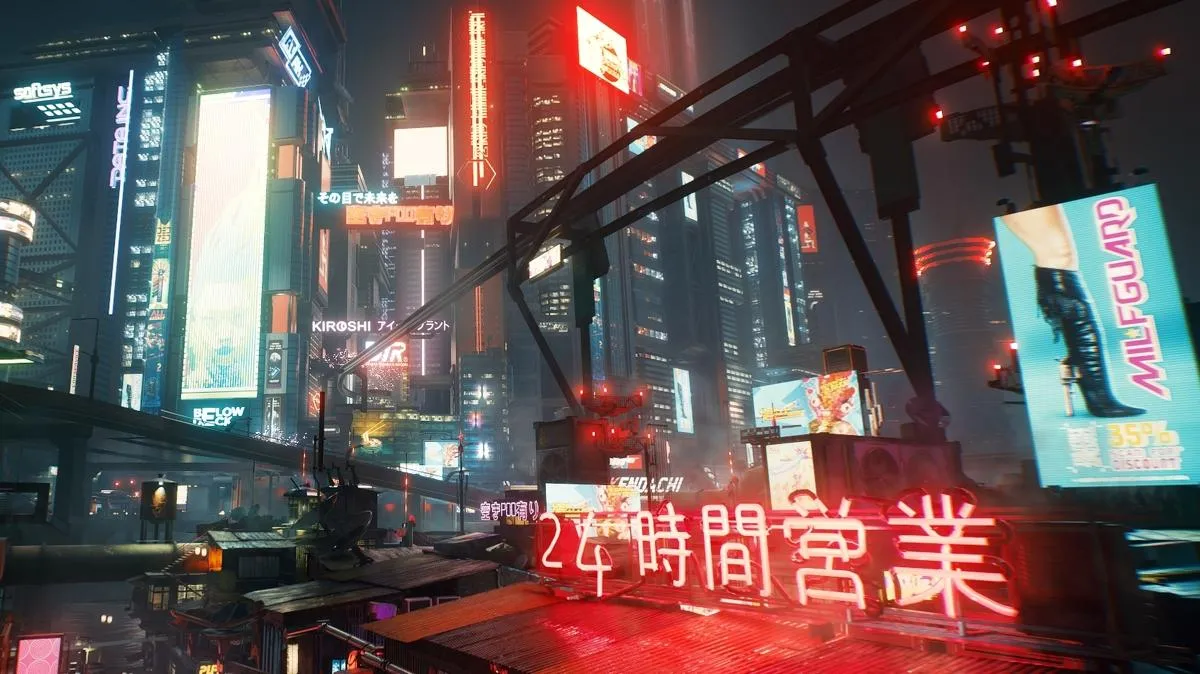
Even though Night City lies on the American continent, it is controlled by a Japanese corporation - Arasaka. The city is a blend of the East and the West that manifests itself through architecture, characters, languages you hear on the streets, and much more. Wandering through this complex game world, you might have found yourself wondering: ‘why are there so many Asian influences in Cyberpunk 2077’? A simple answer that might have come to your mind is: because it looks cool. While this is undoubtedly true, the origin of Japanese influence on Cyberpunk is much more interesting.
Cyberpunk Genre: the future belongs to Asia
If you didn’t know, Cyberpunk 2077 is a continuation of the RPG games created by Mike Pondsmith. The newest video game moves the original game’s timeline a few decades to the future. It is a continuation of the universe’s lore, and as such it naturally includes the very same influences that made it into the first game when it came to life in the 1980s. So, to understand why Cyberpunk 2077 looks the way it does today, we need to look at what influenced its predecessor.
Asian elements are a trademark of not only Cyberpunk 2077 and the original Cyberpunk games - features such as neons with Japanese or Chinese characters appear in many other science-fiction works of cyberpunk style such as Blade Runner. They contribute to the futuristic and perhaps dystopian feel that is so characteristic of these worlds.

Their wide use in fiction is not a coincidence. It ties back to techno-orientalism - the phenomenon of presenting Asia and Asians through the lens of advanced technology and everything futuristic in cultural productions. It is not restricted to fiction though; if we think of a city of the future, the image that likely pops into our minds is that of Hong-Kong, Tokyo, or Shanghai.
Where did techno-orientalist tropes in Cyberpunk come from?
They have been strongly influenced by Post War history and anxieties about the fading Western dominance over the world. The earliest cyberpunk works like Wiliam Gibson’s Novel Neuromancer, Blade Runner, and the first Cyberpunk, game, came to life in the 1980s - at the time Japan had been experiencing an economic miracle, and the country’s industry was booming. It is not a surprise that many feared Japan, and, Asia in general, would overtake the West in terms of technology and economic power.
One of the distinctive aspects of Cyberpunk games is the presence of massive corporations. These bear a striking similarity to the real-world Japanese huge corporate structures - keiretsu. They are networks made up of different companies; banks, manufacturers, or distributors are united under a single name and brand. You probably know many, for example, Mitsubishi. Up until this day, they are dominant in Japanese business. The way they function dates back as far as to the 1600s, but they officially took their shape after World War II - precisely during the economic boom that caused anxieties manifesting themselves in the game. Perhaps the enormous structures of the keiretsu inspired the Cyberpunk world, overtaken by corporations.
Despite strong influences from Asia, Cyberpunk games do not take place there; instead, the Eastern elements are brought over to the West, and the settings are blooming with many cultures. This, alongside the fears of the Eastern takeover mentioned before, expresses anxiety about globalisation and what kind of future it brings.
What do you think about the Japanese elements of Cyberpunk? Do you think the game would be the same without them? Share your thoughts in the comments!
